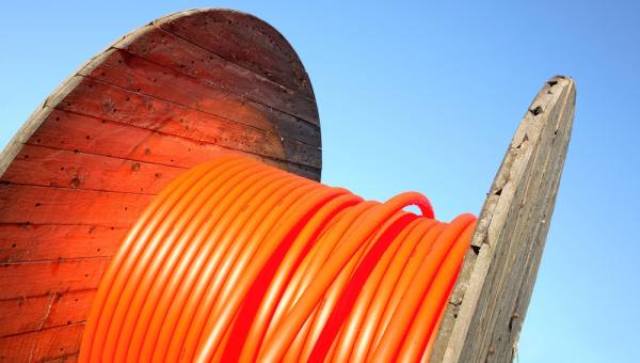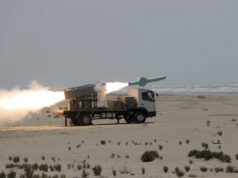
The submarine cable linking the coast of East Africa has officially landed in La Siesta Beach in Djibouti and the marine installation is underway. The 5,400-kilometer cable system dubbed the Djibouti Africa Regional Express-1 (DARE1) will link Djibouti, Mogadishu, Mombasa and Bosaso, and will deliver a capacity of up to 30 terabits per second.
It is as a result of a partnership between Djibouti Telecom, Telecom Kenya, SubCom and Somtel, a telecommunication company that operates in the Horn of Africa. The giant companies have been in negotiation over the last couple of years configuring and designing the cable routes. In addition to the installation of the trunk, the installation of the two branch legs to the system’s four landing stations has also started. According to contractor SubCom, the connection will offer 36Tbps of capacity to East Africa. Upon completion, DARE will be the fifth regional submarine fibre optic system Kenya is connected to.
The others include SEACOM, East African Marine System (TEAMS), Eastern African Submarine Cable System (EASsy) and Lion2 systems. The landing stations, located in Djibouti (Djibouti), Bosaso (Puntland), Mogadishu (Somalia) and Mombasa (Kenya), will help enhance connectivity in the East African region and will enable more efficient communications.
The two installation vessels are progressing on schedule and marine operations are scheduled to be completed in March 2020. While the marine vessels and crews work to install the trunk and branches, installation is also underway on the land cable and terminal equipment that will be used for the DARE1 system. Last year, Kenya announced plans to connect to the DARE submarine fibre optic cable system at a cost of US$59-million.
Kenya’s Communications Authority stated the investment demonstrates the government’s desire to improve Kenya’s position as a regional IT hub and is in line with the country’s digital master plan launched at the 2019 Transform Africa Summit. “It is also aimed at guaranteeing companies and individuals access to a faster, secure and reliable internet connection,” he said. “Revenues generated by the digital economy should reach US$23,000-billion by 2025, thanks to investments 6.7 times higher than those in other sectors.”





